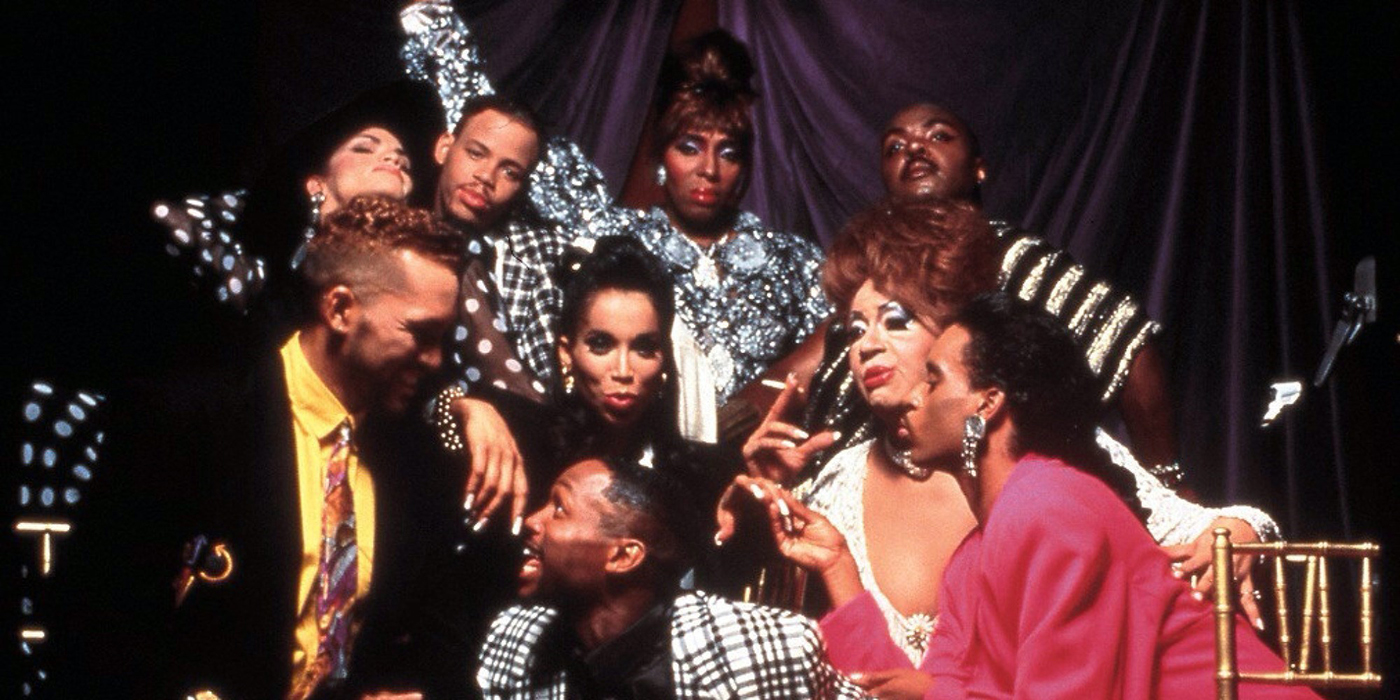Lucas Hildebrand, Paris Is Burning: A Queer Film Classic (Arsenal Pulp Press, 2013).
Leiomy Maldonado (@leiomy), Twitter, August 22, 2020, 8:20 p.m. →.
Red Bull Music Academy, “Masters at Work and MikeQ on the Strange Life of ‘The Ha Dance,’” YouTube video, February 27, 2019 →.
Red Bull Music Academy, “Masters at Work and MikeQ.”
Kodwo Eshun, More Brilliant Than the Sun: Adventures in Sonic Fiction (Verso, 2018); Alexnder G. Weheliye, Phonographies: Grooves in sonic Afro-modernity (Duke University Press, 2005).
Marlon M. Bailey, “Engendering Space: Ballroom Culture and the Spatial Practice of Possibility in Detroit,” Gender, Place & Culture 21, no. 4 (2014).
Bailey, “Engendering Space.”
A “legend” is the scene’s terminology to describe a category of individuals whose contributions to the scene categories are unique in their execution, numerous, and inspire/influence subsequent competitors. An individual must actively compete for roughly five to seven years before they can be considered a legend. Further, an individual only becomes a legend following a “deeming ceremony,” during which previously confirmed legends deliberate and welcome the new legend. An “icon” refers to an individual whose contributions undeniably influenced subsequent generations of ballroom competitors; individuals included in this category are understood to be part of the ballroom scene’s hall of fame. Both designations are part of LSS (legends, statements, and stars)—the ritualized performance system that Marlon Bailey delineates in Butch Queens Up in Pumps: Gender, Performance, and Ballroom Culture in Detroit.
Hortense J. Spillers, “Mama’s Baby, Papa’s Maybe: An American Grammar Book,” Diacritics 17, no. 2 (1987).
Spillers, “Mama’s Baby, Papa’s Maybe,” emphasis in original.
The following video highlights Yolanda Jourdan’s contributions to the ballroom scene during the height of her storied career: FQ Power Redux, “The 90s IT GIRL: Yolanda Jourdan,” YouTube video, April 7, 2009 →.
Ballroom Throwbacks Television-Brtbtv, “THE LEGENDARY PERFORMANCE DIVA YOLANDA JOURDAN,” YouTube video, April 7, 2009 →.
